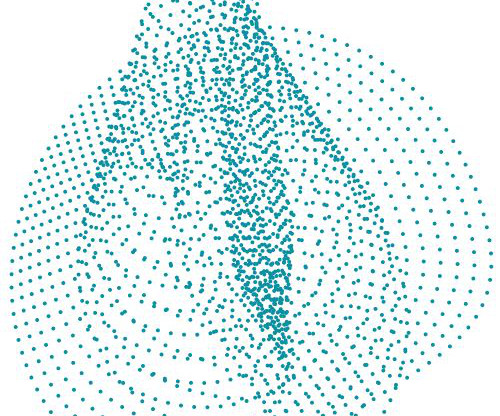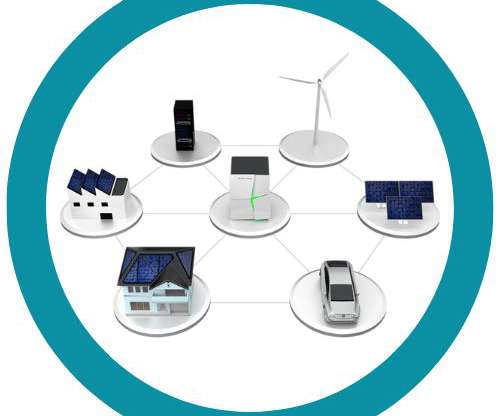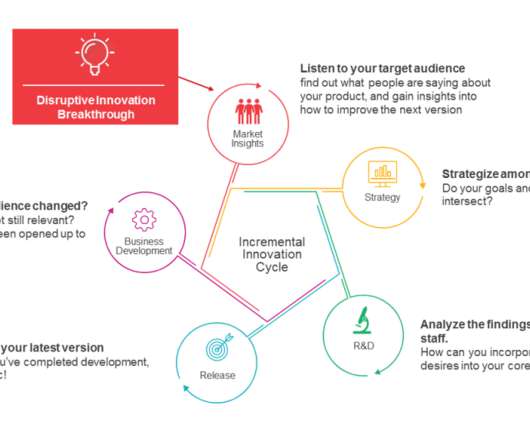Industry 4.0
eZassi
AUGUST 29, 2023
is the fourth industrial revolution, merging cutting-edge technologies with traditional manufacturing to create a smart and interconnected production ecosystem. It’s all about embracing automation, artificial intelligence, big data, and the Internet of Things to optimize productivity, efficiency, and innovation across the supply chain.















Let's personalize your content